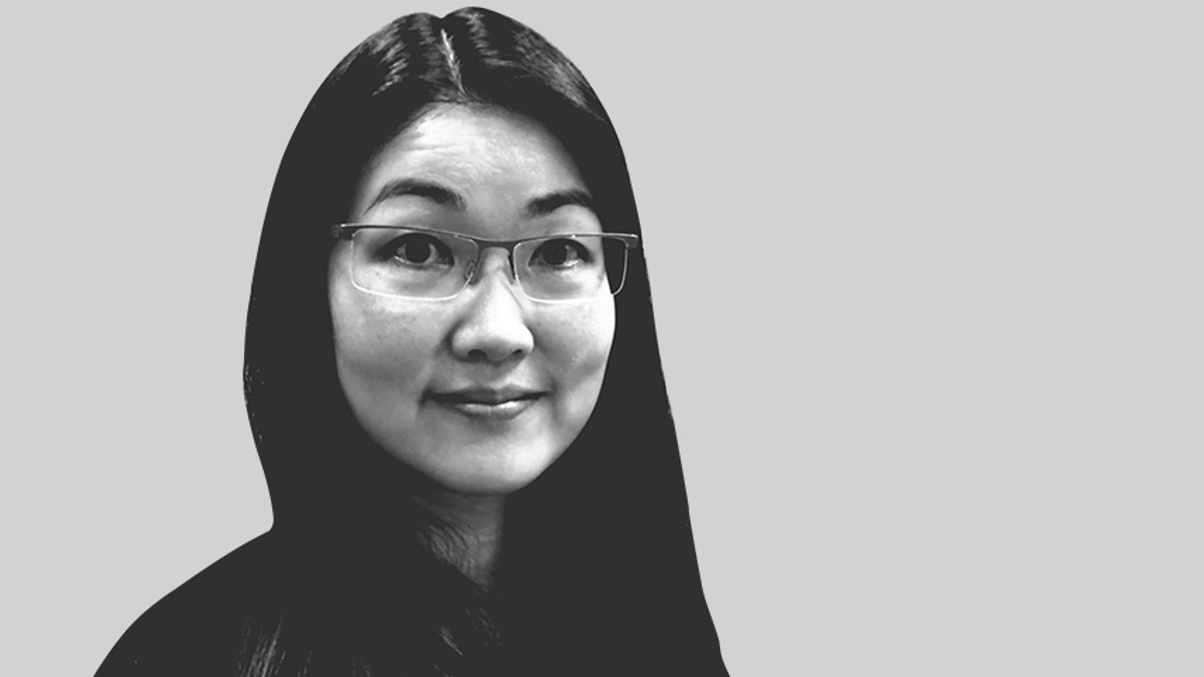HAPFS’s Ho on the limits of tech-driven investing
New tech may be setting the investment world abuzz but it's hard to replace human decision-making, says the executive director of Hong Kong's public hospital worker pension fund.

Artificial intelligence, big data, and machine learning are all driving a revolution in quantitative investment strategies. But for all that they are unlikely to fully replace human judgement and decision-making.
So thinks Doris Ho. In the second part of our extensive interview with the executive director of Hong Kong’s Hospital Authority Provident Fund Scheme (HAPFS), we set out her views on the matter.
“While quant models have improved a lot from earlier, including the growing use of machine learning and artificial intelligence, for now I still hold the view that the machine might not always win against the ingenuity of the human brain,” Ho told AsianInvestor.
Quantitative (also known as algorithmic) strategies use mathematical models to make buy/sell decisions on securities. However, as some investment specialists have previously pointed out, such strategies are often not sufficiently attuned to a changing world.
The global financial crisis of 2008-2010 hammered home the limits that such models can face.
Ho pointed out that even when history repeats itself -- as it often appears to do – there is always something that is a little different from the previous time.
"I am not sure if the quant model, even the improved versions, can factor in that difference and handle the situation,” she said.
The technology underpinning quant strategies is evolving with the help of bigger data sets and the development of artificial intelligence (AI) and machine learning.
AI refers to the creation of intelligent machines that work and react like humans. Machine learning, the science of getting computers to act without being explicitly programmed, is the process upon which most AI is being built. It requires vast amounts of data to train a system and fine-tune it.
PIONEERING TRICKLE
Asia is starting to see its first trickle of new-age tech-driven strategies: in March, as AsianInvestor reported, mainland Chinese investment specialist China AMC launched an A-Share multi-factor strategy based on a machine-learning stock-picking algorithm.
HAPFS itself has started investing with a few managers that use quant models, which tap into the machine learning, big data and artificial intelligence space, Ho said, adding that she held no bias either for or against fundamental, as opposed to quantitative, strategies.
The provident fund has fundamental (active), passive and quant managers who all invest on behalf of HAPFS, Ho added, and this mix of investment strategies affords diversification benefits.
When picking strategies, she said the key question was whether these strategies have the ability or mechanism to handle special or extraordinary market situations.
And greater diversification in a portfolio is all the more needed in 2018 now that financial markets have turned more volatile.
“Tail risk is something we do think about, but there are a lot of tail risks and we can’t hedge them all,” Ho said.
While some individual strategies can hedge some of these risks, the best way to manage them across a portfolio is to be properly diversified, she said.
NEW MANDATES LIKELY
Ho said the public sector retiree fund she helps to manage would likely issue new mandates this year.
“Every year, we have some manager turnover (about one or two managers), so I do expect to look for new managers this year, but at this moment I cannot provide any details on the timing or the kind of mandates we will consider,” Ho said.
HAPFS outsources all its investing to external managers, which number a little over 20. It has an in-house investment research team that decides on the strategic asset allocation and then outsources the actual investing to external managers.
“If there is any market movement that requires a change or adjustment in the portfolio, our research team will decide and make the recommendation to the committee and board,” Ho said.
One area of interest for HAPFS has been the rise of multi-asset investing across the region.
In recent years interest has steadily risen in dynamic asset allocation strategies incorporating stocks and bonds (and sometimes more niche instruments), with a focus on stable returns and regular income, AsianInvestor has previously reported.
HAPFS has been keenly monitoring this growth in interest but is cautious about jumping on the multi-asset bandwagon.
According to Ho, HAPFS itself could be considered as a giant multi-asset scheme, so simply adding a few multi-asset funds in itself might not necessarily achieve any real diversification.
“If I add multi-asset investing to my portfolio, how much do I need to do to make it meaningful?”
Even an allocation of 5% or 10% might not necessarily have a very big impact on portfolio performance, she said, adding that “it would likely need a very big deviation to make a material impact.”
Ho did not say whether HAPFS already works with multi-asset managers.
Sign in to read on!
Registered users get 2 free articles in 30 days.
Subscribers have full unlimited access to AsianInvestor
Not signed up? New users get 2 free articles per month, plus a 7-day unlimited free trial.
¬ Haymarket Media Limited. All rights reserved.


